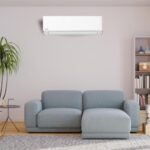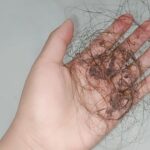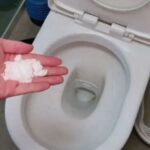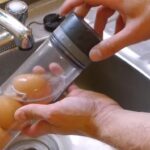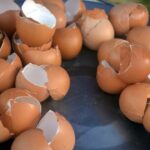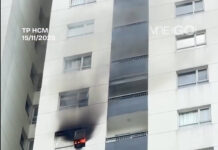Did you know that there are hidden “bacteria nests” in your home? Let’s find out where they are and get rid of them to protect your family’s health.
1. “Bacteria nest” hiding in kitchen utensils
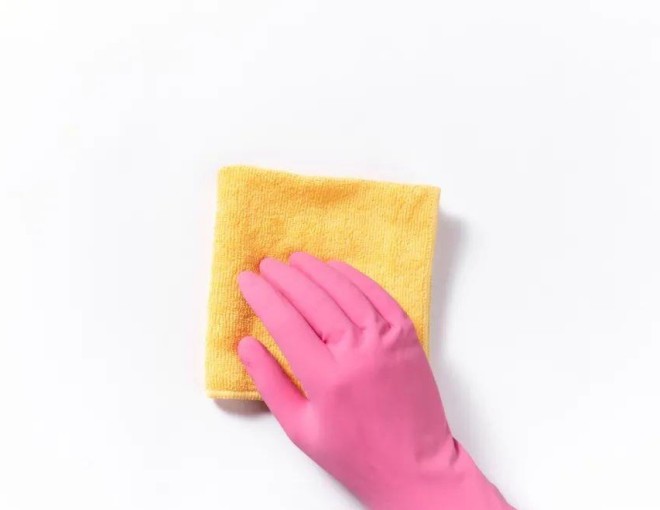
Usually, we pay more attention to cleaning the ingredients but neglect to clean some kitchen utensils. For example, if the rags used to wipe the kitchen corners are not cleaned properly, bacteria will often have a chance to grow, making it a perfect place for bacteria to thrive. It can contain 19 types of pathogenic bacteria, including Escherichia coli, Staphylococcus Aureus, Candida albicans, and Salmonella.
Therefore, kitchen rags need to be cleaned and disinfected regularly. After each use, they should be washed with detergent or dish soap and then air-dried in a well-ventilated area.
Additionally, it is recommended to disinfect the cleaning cloths with boiling water. Families who can afford it should replace the rags once a month. Also, instead of using one rag to clean everything in the house, it is best to use separate rags for different areas. For instance, have a specific rag for wiping the kitchen counters, another for cleaning dishes, and another for dusting the coffee table in the living room, etc.
2. “Bacteria nest” hiding in the refrigerator
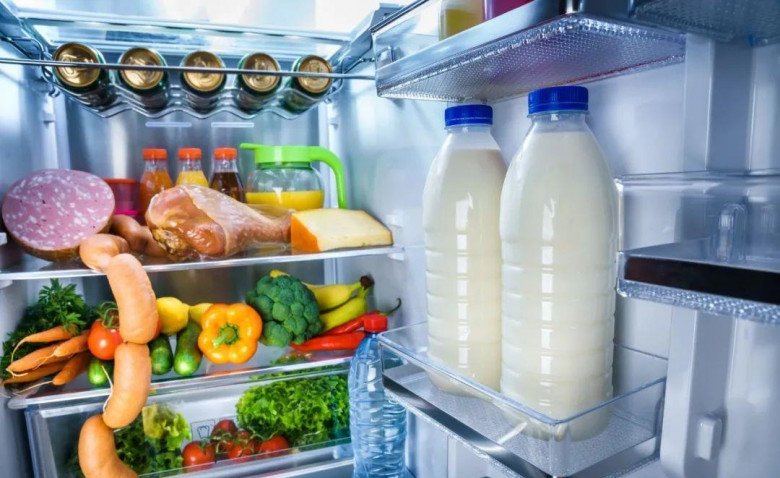
While the refrigerator helps keep our food fresh, it doesn’t mean it is entirely safe. If we’re not careful, many types of bacteria can thrive here.
In 2010, the Global Hygiene Council conducted a survey, the “Home Hygiene Report,” in nine countries, including Australia and Germany. The inside of the refrigerator was found to be the second most contaminated area in the home. The low temperature and low oxygen levels in the refrigerator create an ideal environment for bacterial growth. Additionally, the rubber seals on refrigerator doors are a common hiding place for bacteria and mold. Therefore, it is essential to clean the refrigerator regularly.
Ideally, the refrigerator should be cleaned once a week. When cleaning the refrigerator, you can mix alcohol or white vinegar with water in a 1:1 ratio. Dip a clean cloth into this solution, wring it out, and use it to wipe down the refrigerator, including the rubber seals.
Also, it is important to properly organize and categorize your food items, avoid overstuffing the refrigerator, and promptly discard expired or spoiled food.
3. “Bacteria nest” inside the washing machine
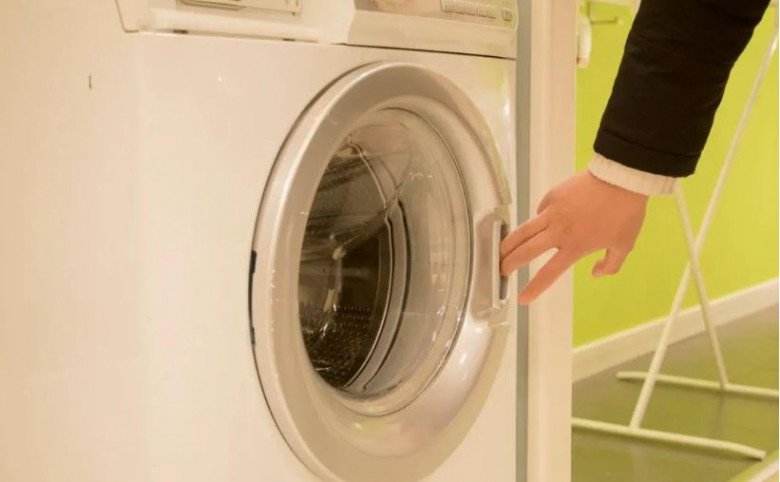
When you open the lid of a washing machine, it may appear very clean inside, and you might think that no cleaning is necessary. However, in reality, the inside walls of the washing machine, the filter net, and the rubber gaskets are all very dirty.
This is because, after washing dirty clothes, there will still be a lot of dirt and grime left inside the machine. Additionally, the dark and damp environment inside the washing machine provides the perfect conditions for bacteria and mold to thrive. Therefore, it is essential to clean the washing machine regularly to improve its cleaning efficiency and prevent the transfer of bacteria to your clothes, which can cause itching and allergies.
According to experts, it is recommended to have a professional clean your washing machine every 3-6 months. Additionally, you can follow these daily practices to inhibit bacterial growth inside the washing machine:
– After removing the laundry, keep the lid open for 20-30 minutes to allow the moisture inside to evaporate.
– Use a washing machine cleaner or detergent to clean the machine regularly.
– Regularly clean the lint filter and door gasket.
4. “Bacteria nest” inside the air conditioner

Air conditioners can also be a perfect hiding place for bacteria, mold, and viruses. Therefore, it is essential to clean them before using them during the summer.
How can you clean your air conditioner daily? Simply remove the air filter from the unit, wash it with water or a specialized air conditioner cleaning solution, and reinstall it once it’s dry.
Wipe down the exterior of the air conditioner, paying attention to areas like the air vents where dust can accumulate. Clean the faceplate to prevent dust from building up in hard-to-reach areas. If you want to deep clean the interior of the air conditioner, it is best to hire a professional.
1. Sponges and dishcloths: They are breeding grounds for bacteria due to moisture and food residue. It’s important to sanitize them regularly by soaking them in a mixture of bleach and water, or by putting them in the dishwasher. Ensure they are completely dry before reuse.
2. Toothbrush holders: These can harbor harmful bacteria and mold. Wash them frequently with hot water and soap, and dry them thoroughly. Consider using a toothbrush cover when traveling or storing brushes.
3. Kitchen sinks: Sinks are often contaminated with harmful bacteria like E. coli and Salmonella. Disinfect your sink regularly with a diluted bleach solution or an antibacterial spray. Also, ensure you wipe down the taps and handles.
1. Shower curtains and liners: They can become moldy and mildewy over time. Wash them regularly in the washing machine with a mild detergent, and dry them completely before rehanging. You can also use a mildew-resistant liner.
2. Bathroom exhaust fans: These fans collect dust and grime, which can reduce their efficiency. Clean the covers regularly, and ensure the fan is functioning properly to prevent mold and mildew growth.
3. Light switches and door handles: These are frequently touched surfaces and can spread germs. Disinfect them regularly with antibacterial wipes or a diluted bleach solution.
1. Separate your laundry: Sort your laundry into colors and whites, and also separate heavily soiled or contaminated items (like gym clothes or sick person’s linens) from the rest.
2. Use the warmest appropriate water setting: Hot water is more effective at killing germs, but always follow the care instructions on clothing labels.
3. Choose the right detergent: Look for detergents with ‘disinfecting’ or ‘antibacterial’ properties, which can help kill germs.
4. Consider using laundry sanitizers: These products are designed to kill bacteria and are especially useful for linens and towels.
5. Dry laundry thoroughly: Ensure laundry is completely dry before folding and putting it away. Moisture can promote the growth of bacteria and mold.
The Air Conditioner Conundrum: Why the “4 Don’ts and 3 Do’s” Rule is a Must for Buyers
“Through trial and error, I’ve learned the hard way that you can’t always trust the salesperson’s pitch when it comes to air conditioners. Over time, I’ve had to replace three units due to my inexperience. From now on, I’ll be following the “4 No-Buys and 3 Must-Buys” rule when purchasing air conditioners to ensure I make the right choice.”
“The Magic Egg Shell Solution: Transforming a Household Hassle into a Breeze”
Introducing the fascinating world of eggshell science: an innovative and eco-friendly way to reuse eggshells. Discover the hidden powers of this natural wonder and its surprising benefits for your health, home, and garden. Uncover the secrets of eggshell science and learn how this simple ingredient can make a world of difference.


























